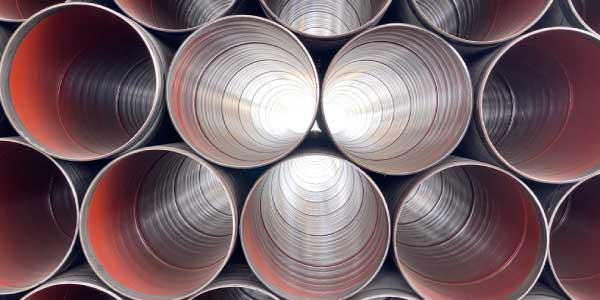OTHER MANUFACTURING PROCESSES
Spiral Welded Steel Pipes
Spiral-welded pipe is manufactured from coils of steel that are unwound and flattened. The flattened strip is formed by right-angle rollers into a cylinder of the desired diameter.
The weld is welded under powder coating. This process is also known as Submerged Arc Welding (SAW). At the end of the spiral, a new spiral is welded to the back edge of the pipe, creating a cross seam. The pipe is cut to length and the ends are beveled if necessary.
Spiral-welded pipes are available in sizes from 600 mm to 3650 mm.
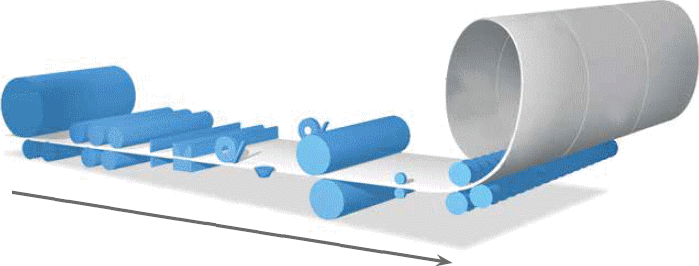
Spiral pipe manufacturing has come a long way in recent decades. Cold bending of a spiral pipe was very difficult in the past, but thanks to better manufacturing processes, it can be bent even easier than a steel pipe with a straight weld seam.

Spiral pipes also have close tolerances on the outside diameter and are to weld as ordinary steel pipes. Spiral pipes, like ordinary pipes, can be coated and lined without difficulty.
This type of pipe is used in large pipeline systems around the world, and thanks to the spiral structure of the pipe, spiral pipe also has the most favorable properties for stopping a running crack. Because of these advantages, spiral welded pipe is used in a wide range of applications.
The strength of spiral-welded pipelines is typically greater than that of straight-seam welded pipelines, and are often found in energy, construction and other industrial sectors.
You may encounter spiral-welded pipes as load-bearing columns in bridges and infrastructure that need to be protected from wind and earthquakes, or as integrated pipelines from upstream to downstream facilities.
Related Post(s)
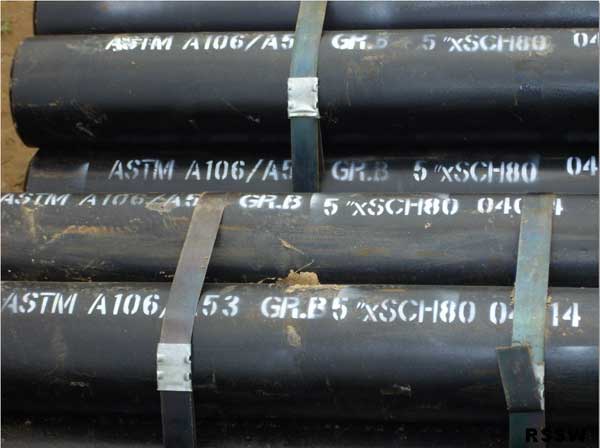
The main seamless pipe manufacturing processes came into being toward the end of the nineteenth century...
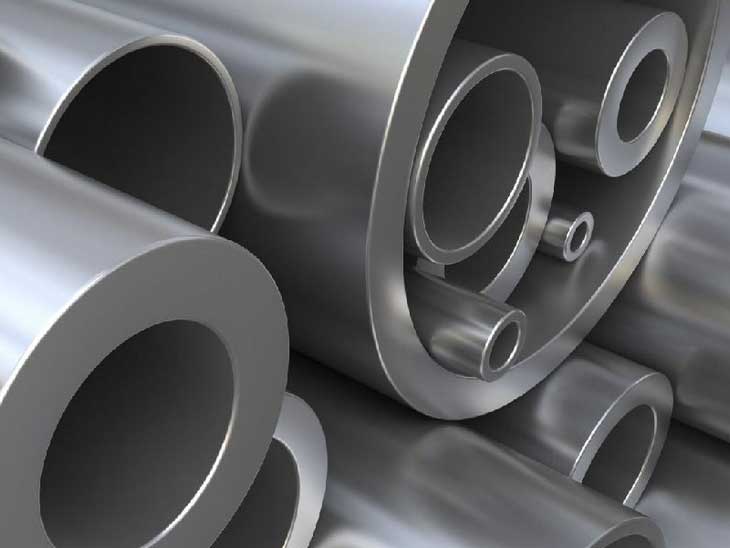
Steel forging is a metal forming process that uses compressive forces and extreme heat to form metal...
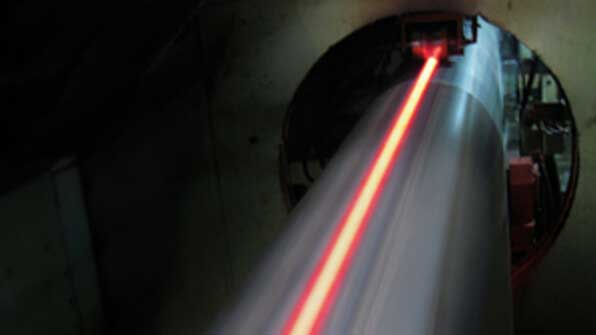
The most popular process for large diameter pipe uses a longitudinal seam weld or Longitudinally Submerged Arc Welded Steel pipes (LSAW)...
